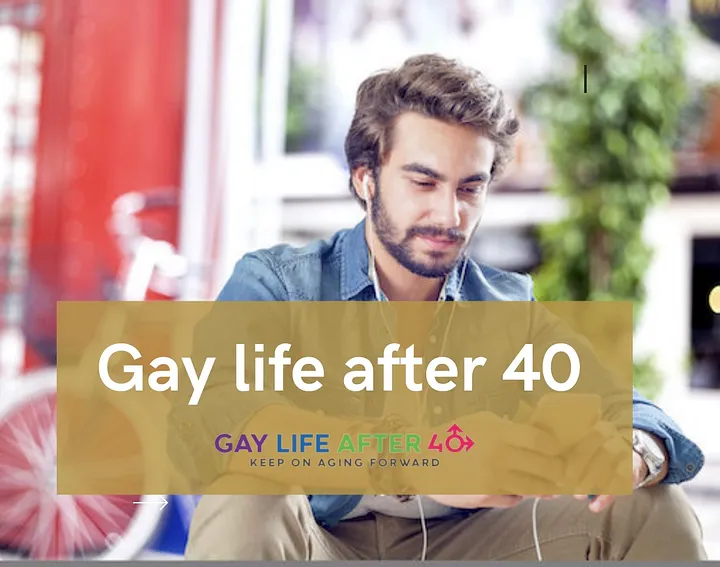Gay Retirement & the Baby Boomer Generation
By Smart Gay Life
Baby boomers are approaching retirement age. This is a generation that has already seen massive social upheaval and gains in equal rights. They will have to contend with a new set of challenges: What does retirement look like for the LGBT community? Recent court victories have made some financial aspects of gay retirement more secure. However, the number of LGBT adults age 65 and older expected exceed three million by 2030. There are still important questions about housing and finances that we’re just beginning to figure out.
#LGBT adults ages 65+ are expected exceed 3 million by 2030. Click To Tweet
Gay Retirement by the Numbers
Circumstances for gay retirees have improved, but nothing gets fixed overnight. For decades gay baby boomers missed out on tax breaks, faced discriminatory laws, and endured insurance disparities. This has left a wide gap in income and circumstances for LGBT retirees:
- Half of LGBT seniors reach retirement with only $10,000 in the ban
- Older gays and lesbians are less likely to be married or partnered
- Gay seniors are more likely to be childless
This could lead to a few major issues for gay retirees. Many are forced by financial hardship to rely on home-care workers or move into assisted-living facilities. Often staff and other residents may not be as inclusive as the communities seniors have built for themselves before retirement.
Years of #LGBT discrimination have left retirees at a disadvantage. Click To Tweet
Affordable Retirement Housing in Urban Environments
A number of city neighborhoods and housing developments are being transformed into affordable housing for LGBT seniors. A few suburban neighborhoods recently emerged to cater to higher-income gay seniors. However, these urban developments are designed to attract gay retirees living on fixed incomes or Social Security benefits.
These neighborhoods, including Spirit on Lake in Minneapolis and the John C. Anderson apartments in Philadelphia, are part of a growing trend toward keeping LGBT seniors in familiar urban environments and fostering a sense of community that might otherwise be lost.
These communities have to walk a legal tightrope, though. They can’t necessarily exclude straight applicants, since doing so would cause them to lose federal subsidies.

John C Anderson Apartments, Philadelphia, PA | Spirt on Lake, Minneapolis, MN
Improving Retirement Communities
For gay retirees who live in traditional retirement communities or nursing homes, education can often be key to a comfortable retirement. Organizations like Services and Advocacy for GLBT Elders (SAGE) work to educate nursing home staff members on LGBT issues and sensitivity.
Unfortunately, SAGE and the National Academy on an Aging Society’s findings have shown that a number of gay retirees have “re-entered the closet” at traditional retirement homes. This is usually out of fear of discrimination by other residents or care providers. Similar surveys have also shown:
- 43 percent of residents, relatives, and staff members in long-term facilities witnessed or experienced harassment based on perceived sexual orientation
- Less than one-third of eldercare agencies offer gay-sensitivity training
- Elderly residents might speak in disapproving whispers, use anti-gay slurs or single gays out for social exclusion
Some LGBT retirement homes have already opened. One in California is the first with a license to provide continuing care such as dressing and bathing residents. This is a major step for gay retirement communities. Providing ongoing medical care can lead to a more comfortable and happy retirement.
Improving Gay Retirement For Future Generations
More and more LGBT baby boomers are retiring. Their efforts for fair, dignified and affordable housing will form the backbone of future policies in communities and facilities across the country. This was the first generation to make living openly gay the norm. The actions of this generation over the next few years will help create a culture of acceptance among retirement community staff and fellow residents.


